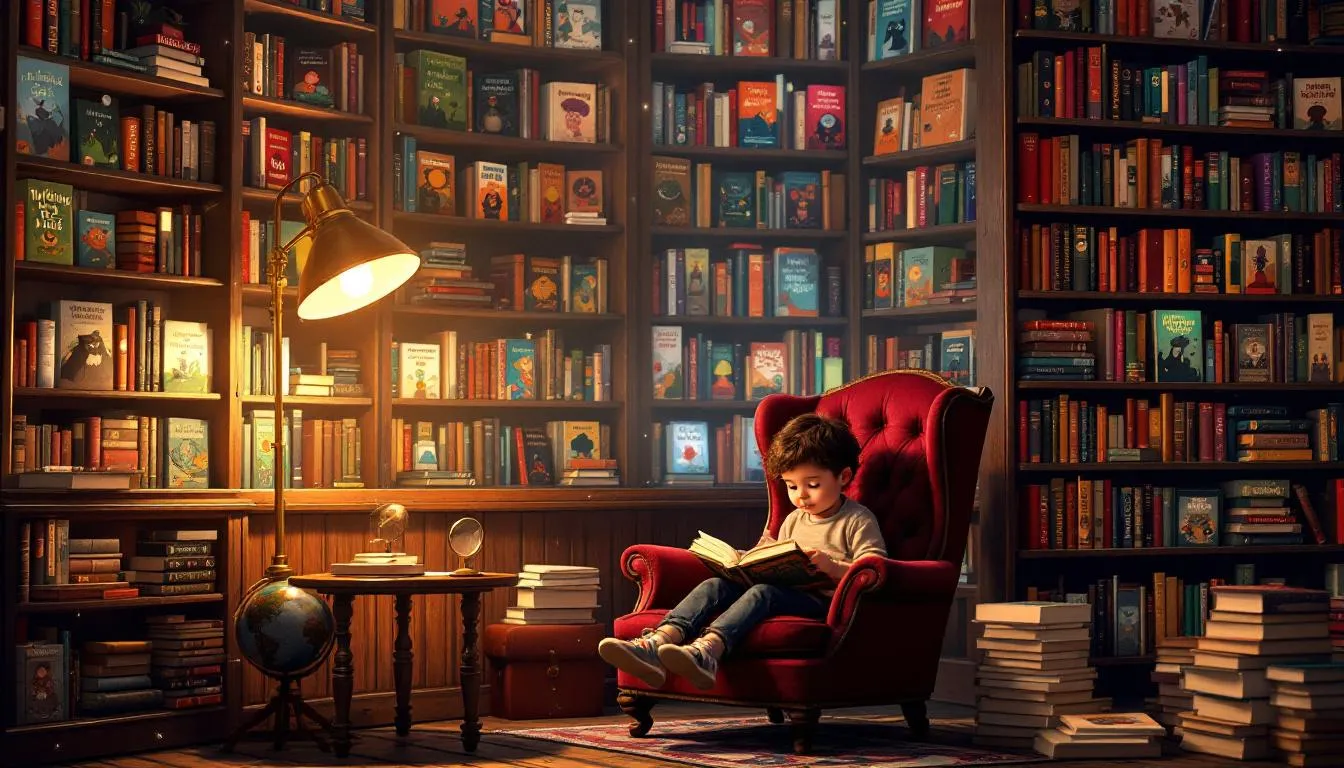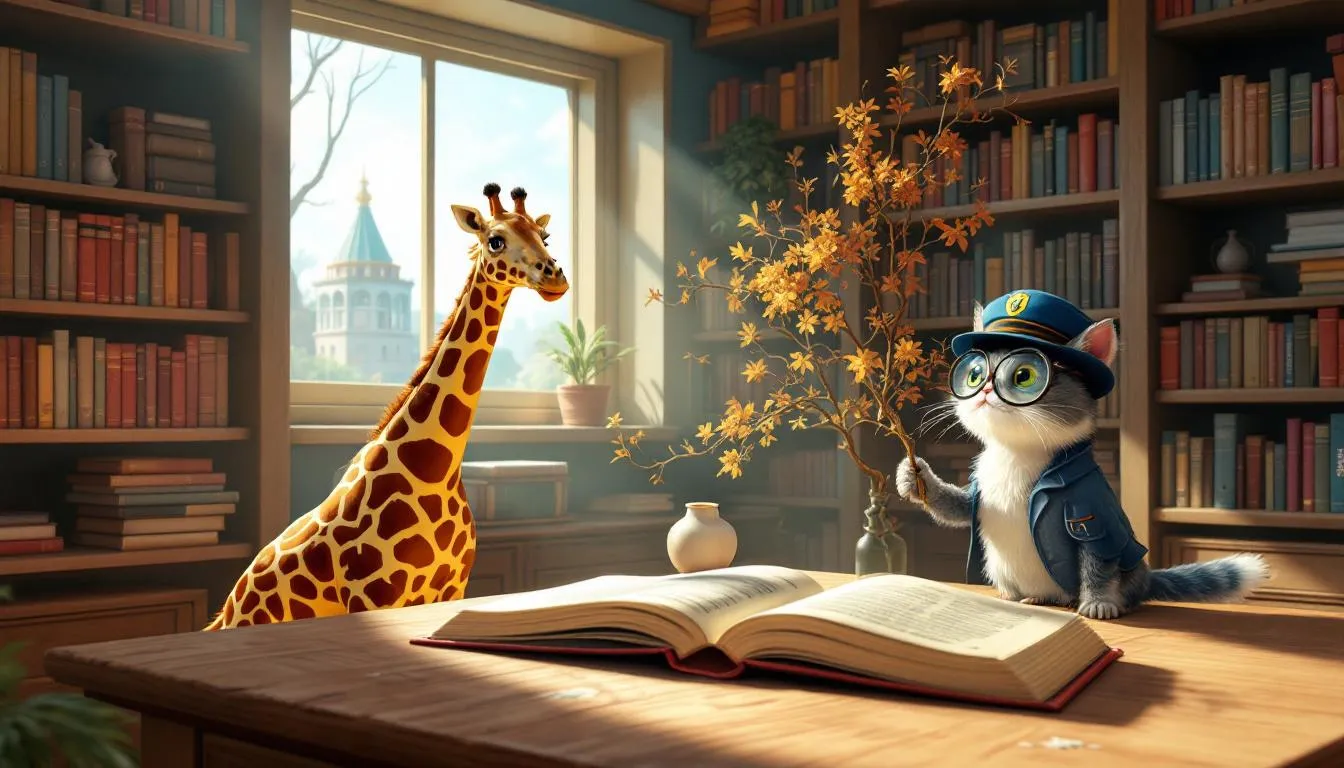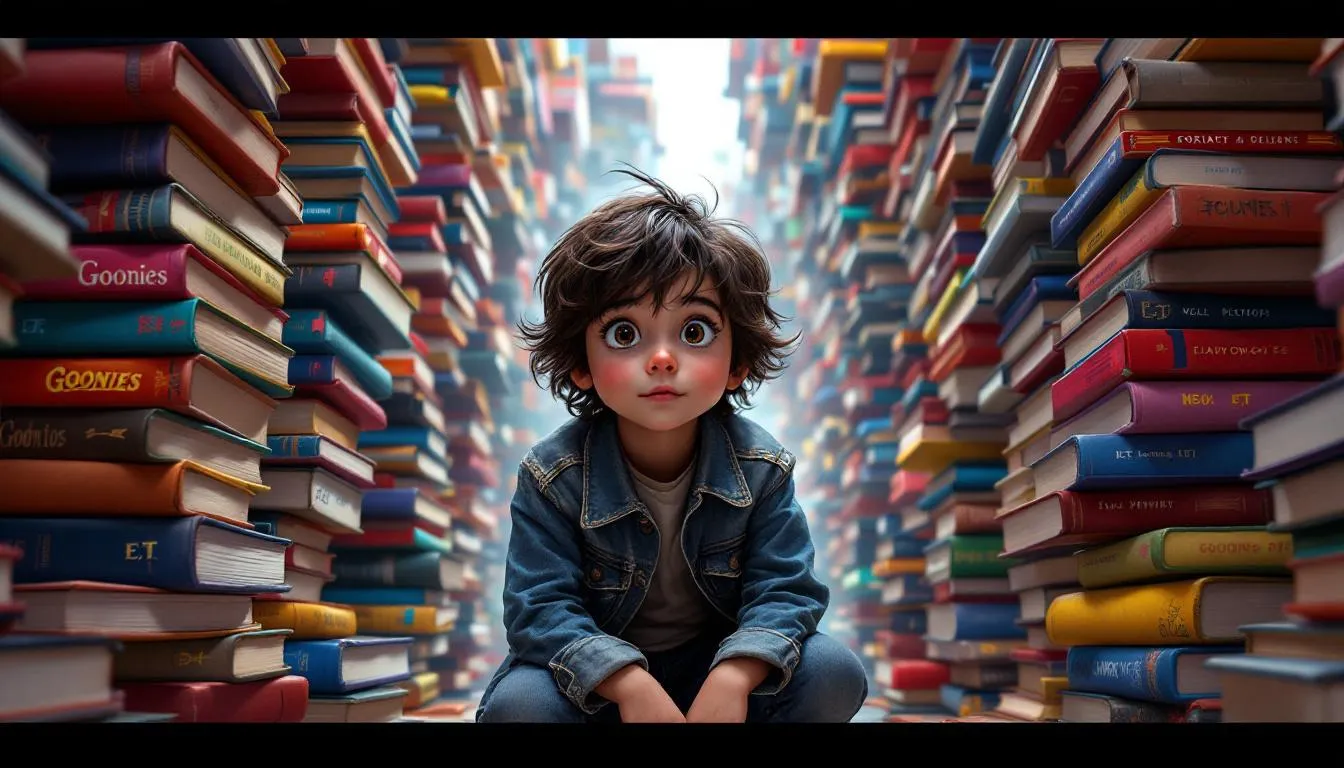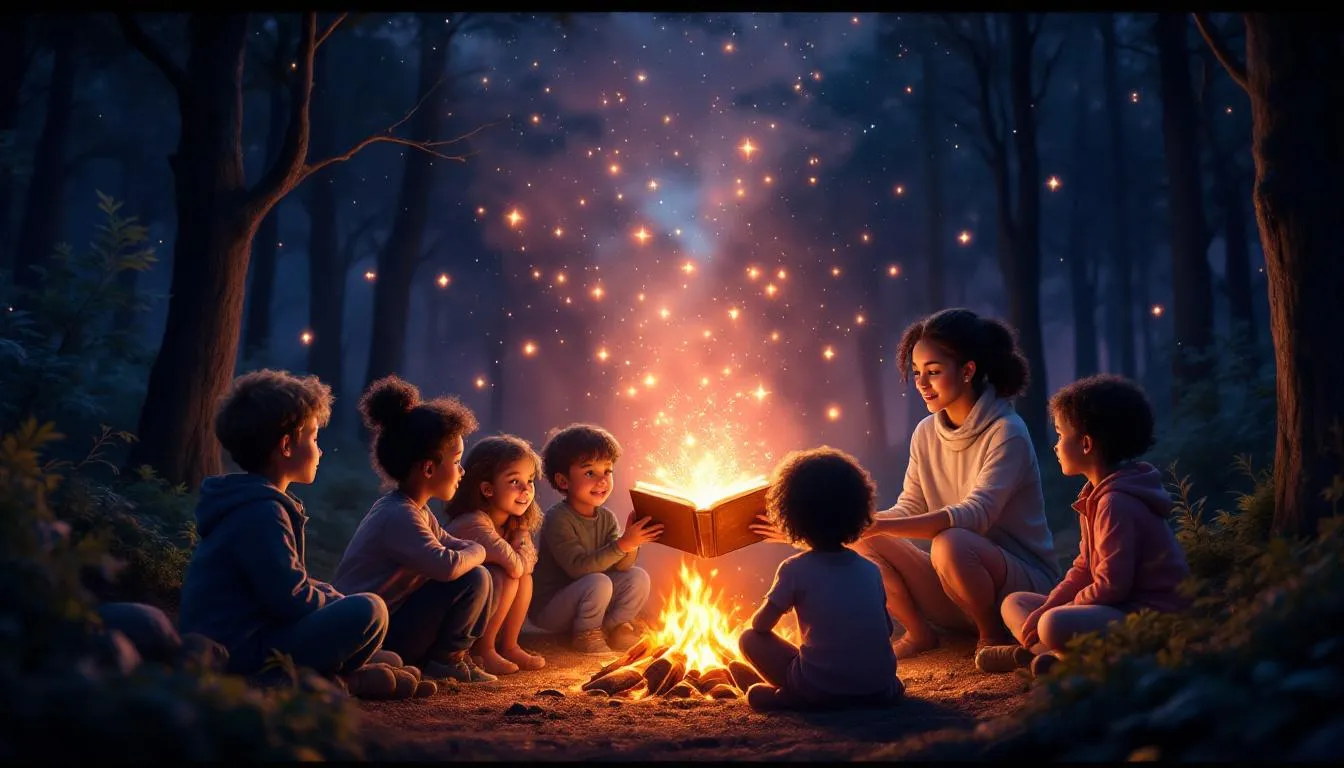Table of Contents
Quick Answer
Children’s literature extends beyond bedtime stories; it’s a cornerstone of childhood development. These tales offer moral guidance, spark creativity, and aid in navigating complex emotions as a child matures. A single children’s book can profoundly impact a boy’s life by imparting values, igniting imagination, and supporting emotional growth through various stages.
Understanding what makes a children’s book timeless can further illuminate its significant influence on young minds.
What Makes a Kids’ Book Timeless?
Reflecting on books that have left a lasting impression, their timeless quality often stands out. But what exactly ensures a children’s book endures? Timeless children’s literature encompasses several key elements that resonate across generations.
Relatable and layered characters are fundamental. They face challenges and adventures that children can connect with, no matter the era. Consider Harry Potter, who navigates school life complexities while battling formidable foes. His journey weaves friendship, bravery, and self-discovery, making him beloved worldwide.
Enduring themes also play a crucial role. Themes like friendship, courage, kindness, and the triumph of good over evil are universally cherished. For instance, “The Little Engine That Could” emphasizes perseverance and positive thinking, a lesson as relevant today as ever.
Moreover, the magic of storytelling itself is vital. A captivating narrative filled with imagination and heart captures a child’s attention and holds it through time. “Where the Wild Things Are,” with its blend of wild adventures and a comforting return home, taps into children’s adventurous spirit and the warmth of family.
These elements create stories that entertain, teach, and inspire. As children grow, the lessons within these pages continue to resonate, guiding them through life’s joys and challenges. As they mature, children’s books play a significant role in shaping early experiences, paving the way for the next stages of life.
How Do Children’s Books Influence Early Childhood?
In early childhood, children’s books act as magical keys unlocking cognitive and emotional growth. Picture a toddler, sitting on a parent’s lap, captivated by colorful pages. This simple act of reading aloud strengthens the parent-child bond and serves as a building block for language development. Each new word expands their vocabulary, enhances communication skills, and sparks understanding.
Beyond words and pictures, children’s books play a vital role in emotional development. Consider the story of the “Ugly Duckling.” This tale of transformation and self-acceptance stirs empathy, teaching kindness and acceptance of differences. These stories guide young minds through emotions and the social world.
Additionally, children’s books introduce foundational values. Stories of honesty, bravery, and compassion make virtues relatable. “The Giving Tree,” for instance, teaches selflessness and generosity, planting empathy seeds that flourish throughout life.
As kids transition from early years, the role of books evolves, offering new insights and guidance. They become companions on the journey to adolescence, where growing up’s challenges and adventures take center stage.
What Role Do Books Play During Adolescence?
During adolescence, books become mirrors and windows, reflecting a teenager’s inner world and offering glimpses into lives beyond their own. This is a time of questioning, exploring, and forming identities. Books encourage critical thinking and self-discovery by presenting scenarios that challenge societal norms.
I recall reading “The Catcher in the Rye” as a teenager. Holden Caulfield’s complexity and angst mirrored my own journey of self-discovery. His struggles with authenticity and growing up resonated deeply, prompting me to question my beliefs and the world. It was like conversing with a friend who understood teenage chaos.
Books also offer solace by addressing adolescence’s unique challenges through relatable narratives. Whether navigating friendships, young love, or the quest for independence, stories provide a safe space to explore emotions. “The Perks of Being a Wallflower” explores friendship, trauma, and healing, reassuring readers they’re not alone.
These narratives validate feelings and provide coping mechanisms and hope. As adolescents near adulthood, lessons from these stories become invaluable guides. Speaking of guides, as we enter young adulthood, books’ influence continues to expand, subtly shaping life choices and future paths.
Can a Book Influence a Young Adult’s Life Choices?
Imagine standing at a crossroads, uncertain of your path, and finding a book illuminating your journey. That’s the power of a good read in young adulthood. Books don’t just tell stories; they offer wisdom, guidance, and perspectives shaping life decisions.
Consider a young adult grappling with career choices. “Lean In” by Sheryl Sandberg might inspire leadership pursuits, challenging societal norms and promoting workplace gender equality. Rich with personal anecdotes and research, this book provides the confidence boost for ambitious goals.
Books also reinforce moral and ethical decision-making. They present scenarios where characters face dilemmas, often mirroring real-life challenges. Reading “To Kill a Mockingbird” during this stage can instill justice and empathy, highlighting standing up for right, even when difficult.
Moreover, books introduce diverse perspectives and cultures, broadening a young adult’s worldview. “The Kite Runner” opens doors to understanding societal dynamics and human relationships complexities across cultures. These narratives foster empathy and tolerance, encouraging young adults to consider actions’ broader impacts.
As young adults delve into impactful stories, they gather insights influencing decisions. Whether about relationships, career paths, or personal values, books offer silent mentorship, guiding with wisdom on every page. As life progresses, revisiting these stories can offer new meanings and reflections.
How Does Re-reading Affect Different Life Stages?
Re-reading a beloved book at different life stages is like revisiting an old friend who has grown with you. Each time you open familiar pages, you might find new layers and hidden treasures previously unseen. When I revisited “Charlotte’s Web” as an adult, I discovered a profound appreciation for themes of mortality and enduring friendship—nuances I missed as a child, focused more on talking animals.
This evolving relationship with literature enriches understanding and reflects personal growth. As children, we see the world in black and white, but as we age, experiences add shades of gray, allowing us to draw different meanings from the same story. Books like “The Chronicles of Narnia” might offer simple adventures in childhood, but they reveal rich allegories and ethical dilemmas in adulthood, providing a new perspective with each reading.
Building a lifelong relationship with literature begins with these magical childhood books. They become comforting companions we return to for solace and wisdom. As we grow, the stories that shaped our early years continue to guide us, becoming part of our life’s narrative. This ongoing dialogue with literature enhances cognitive flexibility and fosters a deep, enduring love for reading.
Reflecting on these transformative experiences highlights the power these stories hold in shaping our life journeys.
Key Takeaways
- Children’s books provide foundational values, guiding children through different life stages with lessons in empathy, courage, and kindness.
- Re-reading familiar stories at various ages unveils new insights, reflecting personal growth and offering fresh perspectives.
- Early exposure to literature boosts lifelong learning, fostering creativity and enhancing emotional intelligence in children.
Encourage your child’s literary journey by integrating diverse stories into their daily routine. For a truly unique experience, consider services like KidTeller, which creates personalized storybooks where your child is the hero. Remember, the tales you share today will be the compass guiding them tomorrow—nurture that magical bond with books and inspire their lifelong love of reading.







